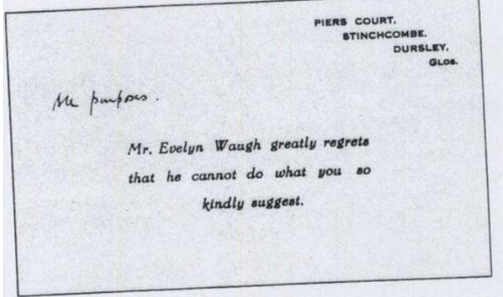Fred is one of those “lucky” consultants who makes sustainable workplace change. Part of what he does so well is write procedures which people read, refer to, update, and even show to new employees when they arrive.
Many of us are envious. We know procedures can turn out to be one of those intranet sites no one visits. A year after we’ve left, the client is reinventing the wheel.
Fred’s secret is easy to digest. It begins with the four-step information cycle. There are 4 questions people need to answer to buy into an idea, and procedures are no different. They need to know:
- why it’s important (the purpose or pay off for the idea)
- what it is (in 3 or 4 simple chunks)
- how to apply it (the details)
- what happens next.
We all know that the standard procedure manual has a “purpose” at the beginning of the document. I used to write procedures which said, “the purpose of a procedure on work allocation is to allocate work”. I didn’t get it. Now I do, based on Fred and the research on the information cycle.
The “purpose” of a procedure is to stop bad things from happening, and to make sure good things do. So, the purpose of a procedure on work allocation is to smooth out peaks and troughs, to give people the opportunity to do fulfilling work, stop the “too hard basket” syndrome and end the last-minute rush to do high priority tasks at the last minute.
The purpose is about Why it’s important to do this procedure – how it benefits, and what disadvantages it overcomes. It’s the WIIFM (what’s in it for me), the payoff for doing the procedure.
Once the client has a clear understanding of why they’re doing a procedure, they’re more likely to read it, put it in place, show it to new recruits, refer to it as a guide when there are issues. If they don’t know the purpose, you know what they’ll do – nothing good!
So, let’s look at what makes a good why. There are the positive whys, and the negative “to-avoid” whys. These correspond to Carrots and Sticks in motivational terms. Since around 50% of people seem to respond to carrots, and the other 50% to sticks, your why must cover both types of why.
Here are some generic carrots related to procedures:
Using this procedure will get you home on time, give you more time to spend on important things, make the company more money, increase your accuracy, get you praised by your supervisor or colleagues, and make the work flows smoothly. It also, means the next person in the process chain has a smooth ride and the customer is happy.
And some generic sticks:
When you use this procedure, you will never leave work late again, stop losing time on unimportant tasks or wasting company money. It will mean fewer mistakes and keep your supervisor and colleagues off your back, smoothing out some of those normal working problems, So, the next person in the process chain doesn’t get shafted, and the customer doesn’t complain.
So, sticks are about avoiding bad things, the carrots about moving towards good things. They are essentially the same things said in opposite terms. If you find one of these more attractive, chances are that’s your own motivational style. Half of the world will prefer the other end to you.
So, a good procedure therefore gives its purpose or why up front – what will happen when the procedure is followed, and what will happen if it isn’t. This is as little as 2 sentences and can make all the difference in the reading. *more on carrots and sticks here.
Once the why is established, there is the What – the 3 or 4 key steps in overview. Flesh these out how – more details on each of the 3 or 4 steps. Research has shown that it is best to chunk information into sub-steps of 3 to 5 points.
The last step is to give them information about what comes next – where the process goes to, anything they need to know about the rest of the process (e.g., accuracy here is important, because if you get it wrong, it impacts for the next 50 years, and if you get it right, you’ll save $50 per customer in reprocessing fees).
So, what next for you? Next time you write a procedure, remember to give them the why first, and notice your procedures making more sense, getting used more. You may even like to apply this information cycle to emails you write (why goes in the subject line), stories you tell, or proposals you write. The sky is the limit.
This article uses two metaprograms: they are Learning Styles and the motivation sort.






